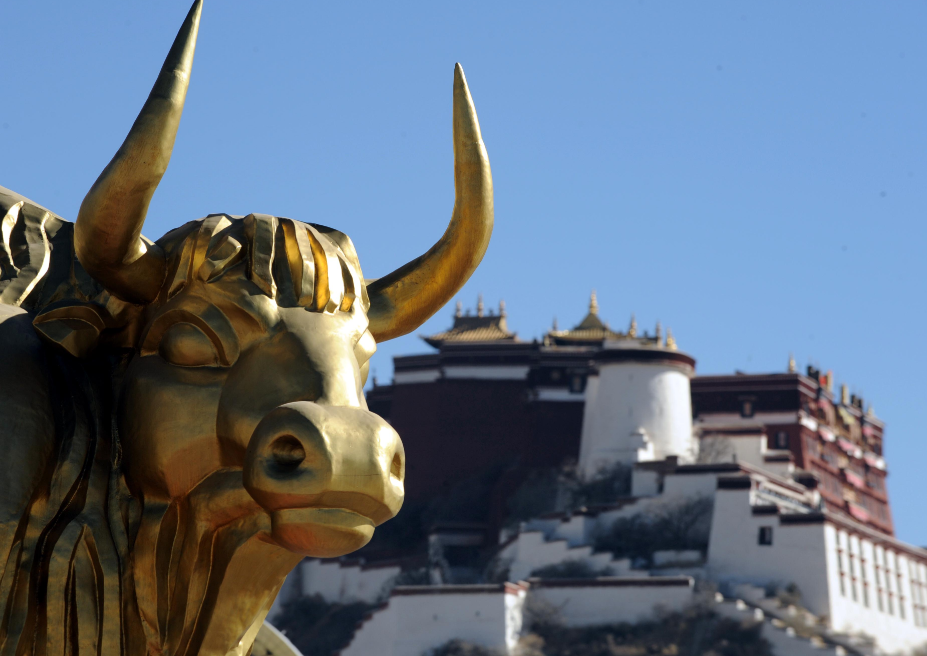LHASA, Sept. 16 (Xinhua) -- Inclusive finance has seen rapid development over the past five years in southwest China's Tibet Autonomous Region, benefiting numerous businesses and people on the plateau, according to an official.
The region has mainly targeted small businesses, farmers, herders and urban low-income groups in providing inclusive financial services in the 2016-2020 period, Li Yufu, deputy head of the Lhasa central sub-branch of the People's Bank of China, said at a press conference this week.
At the end of last year, the banking network in Tibet covered more than 80 percent of townships, and every 10,000 people owned 7.13 automated teller machines, up 4.7 percent year on year, data from the Lhasa central sub-branch showed.
Financial services have become more accessible, with the region's number of per capita non-cash transactions up 13.63 percent year on year to 135.81 last year. People in Tibet owned an average of 3.11 bank cards at the end of 2020.
Last year, the region has stepped up financial support for entrepreneurship and innovation, as the balance of such loans surged 42.64 percent from the beginning of 2020 to 4.54 billion yuan (about 706 million U.S. dollars) at the end of the year.
Li said the Lhasa sub-branch of the central bank has also organized financial institutions in Tibet to consolidate the results of poverty alleviation.
At the end of June 2021, the balance of microcredit stood at 1.9 billion yuan in Tibet, supporting more than 143,000 households that had escaped poverty.
By the end of 2019, all registered poor residents in Tibet had shaken off poverty, marking the elimination of absolute poverty in the region for the first time in history. Enditem




 A single purchase
A single purchase









